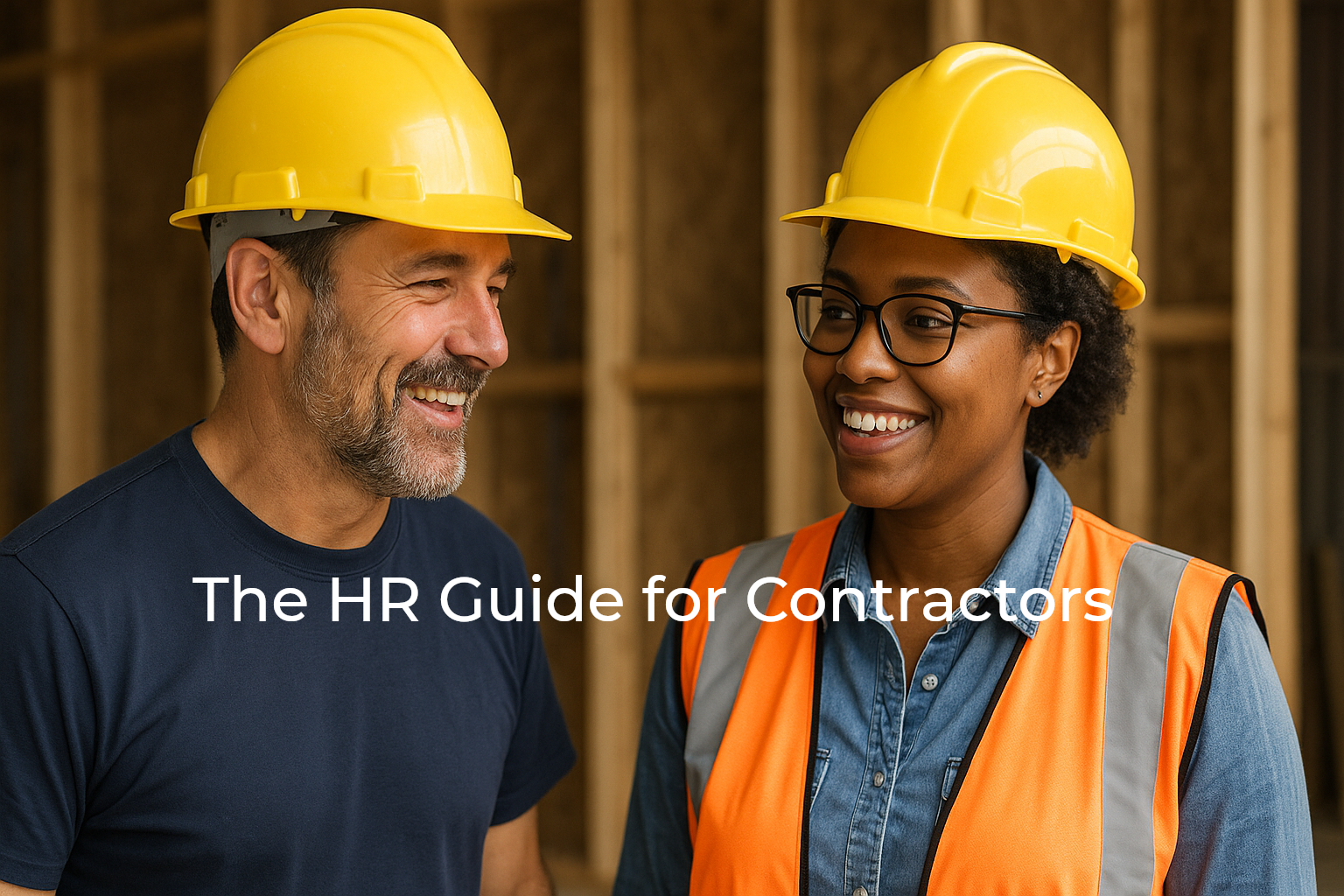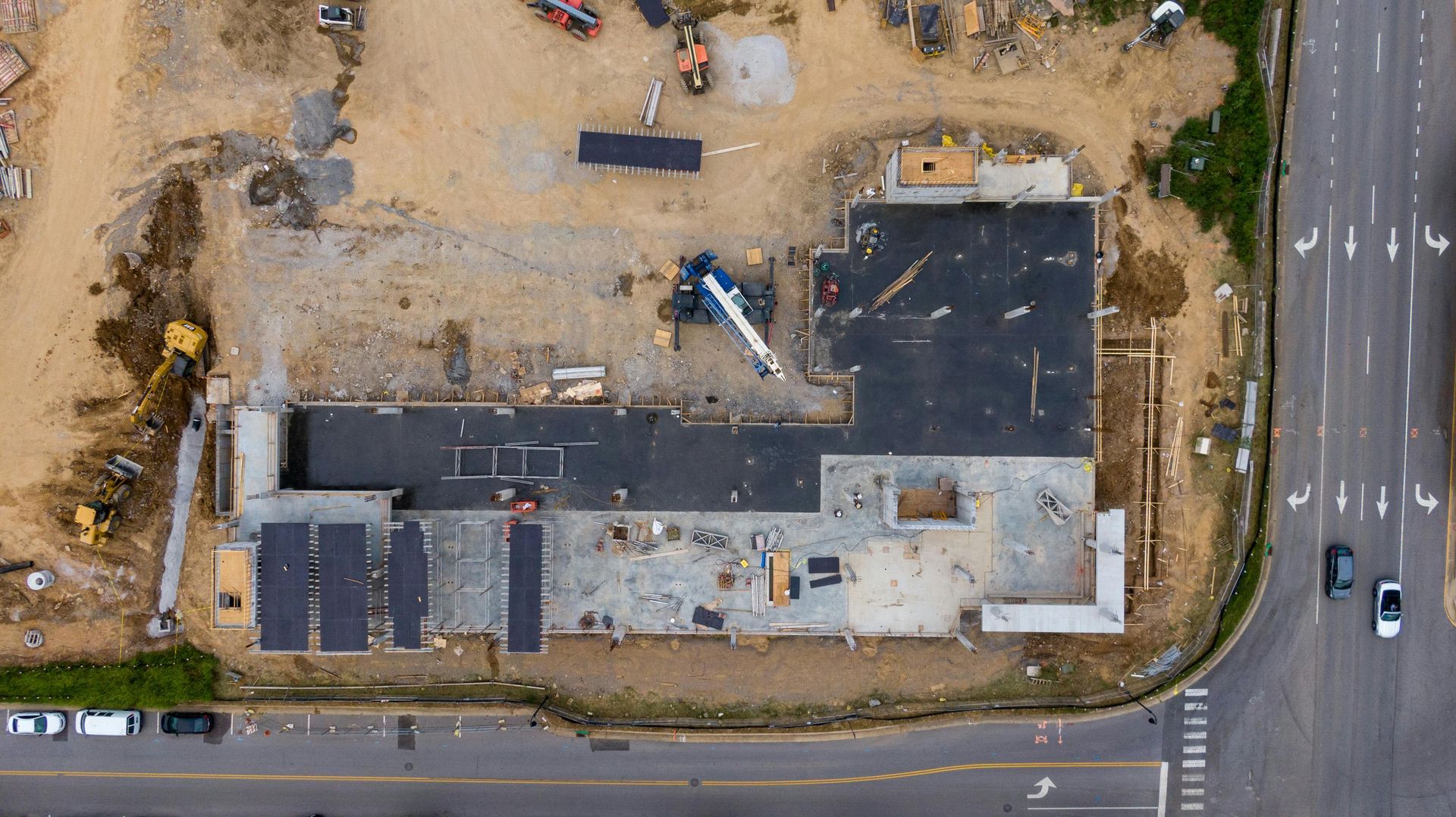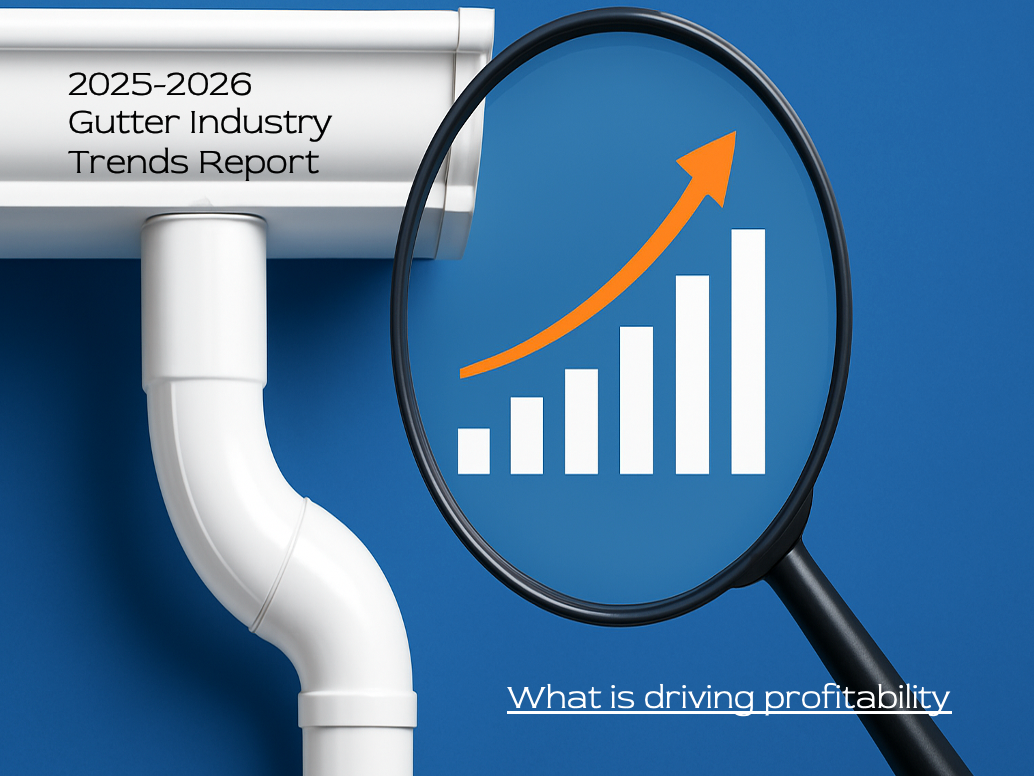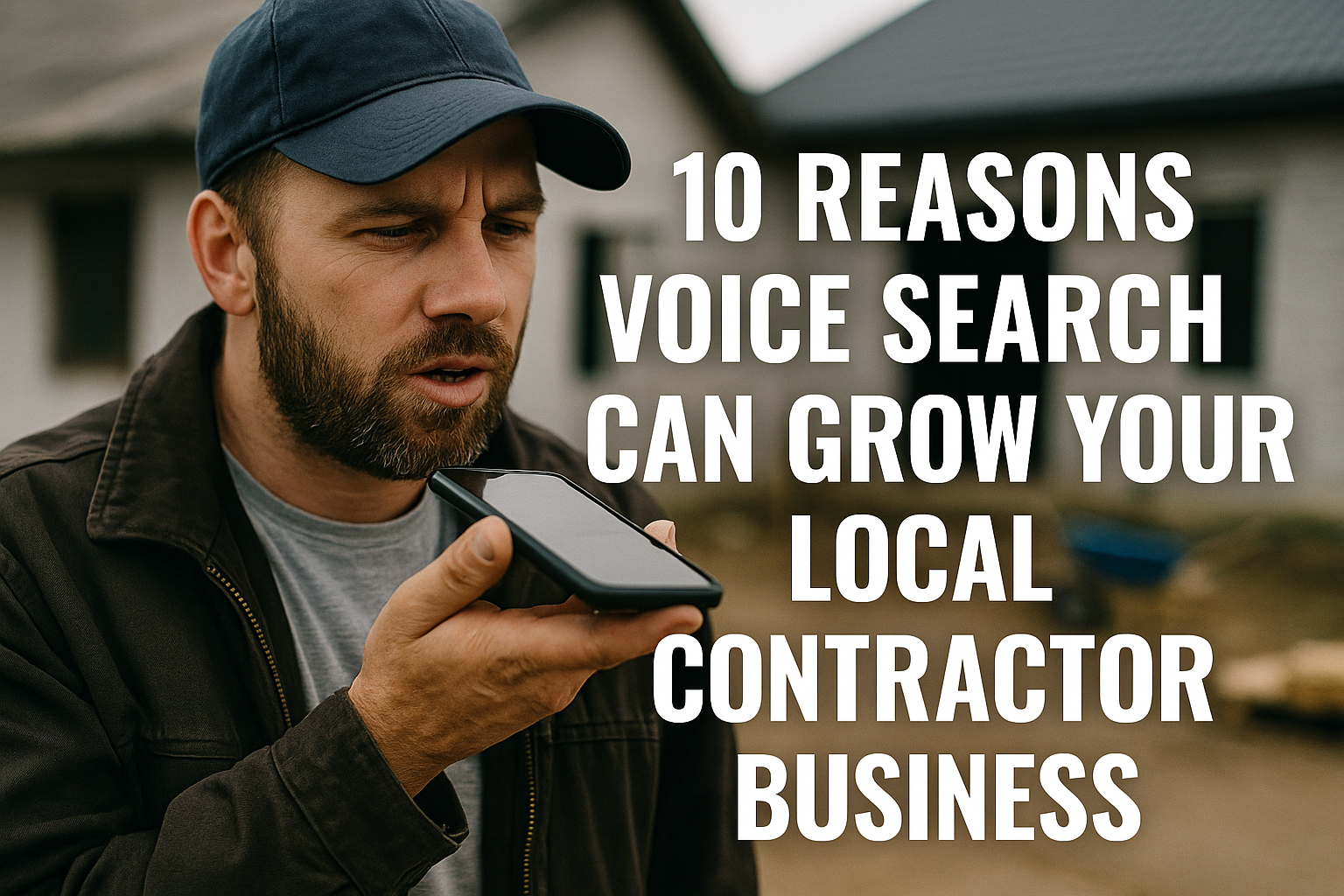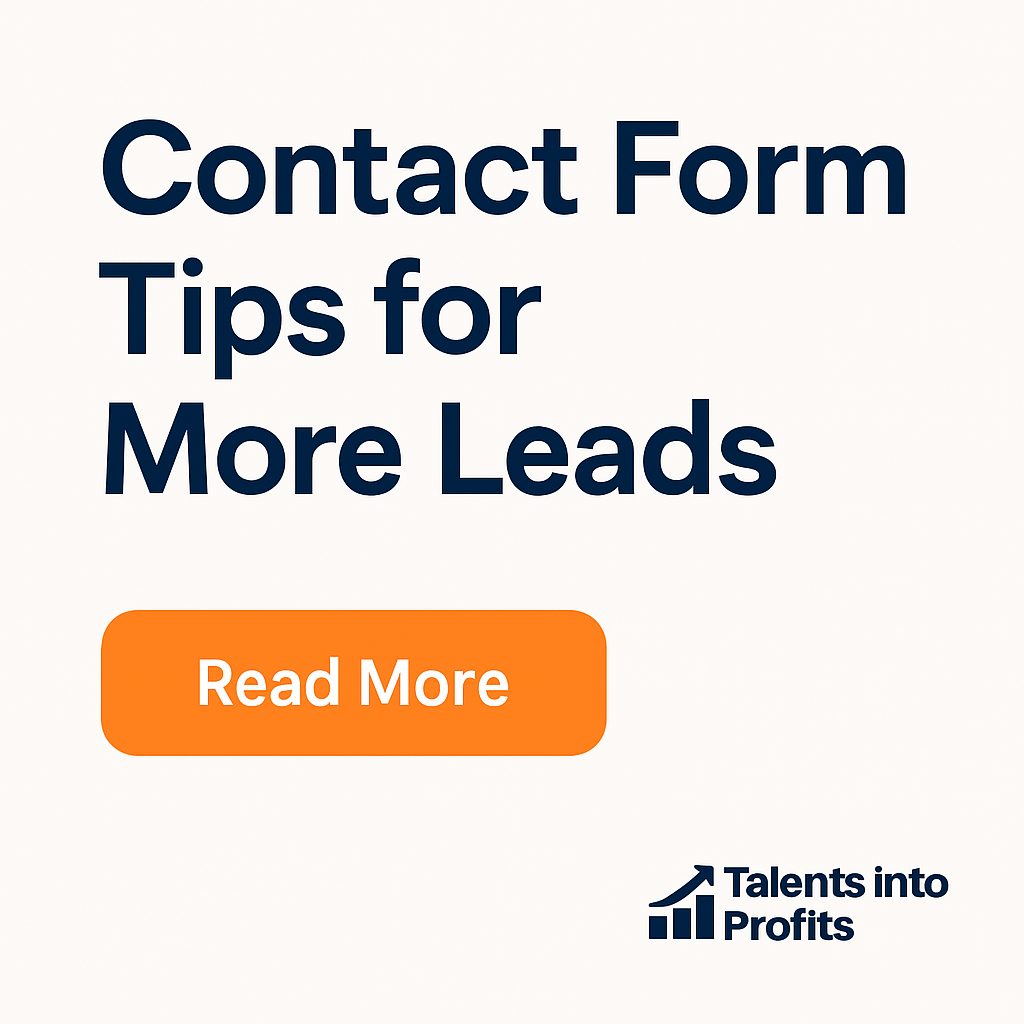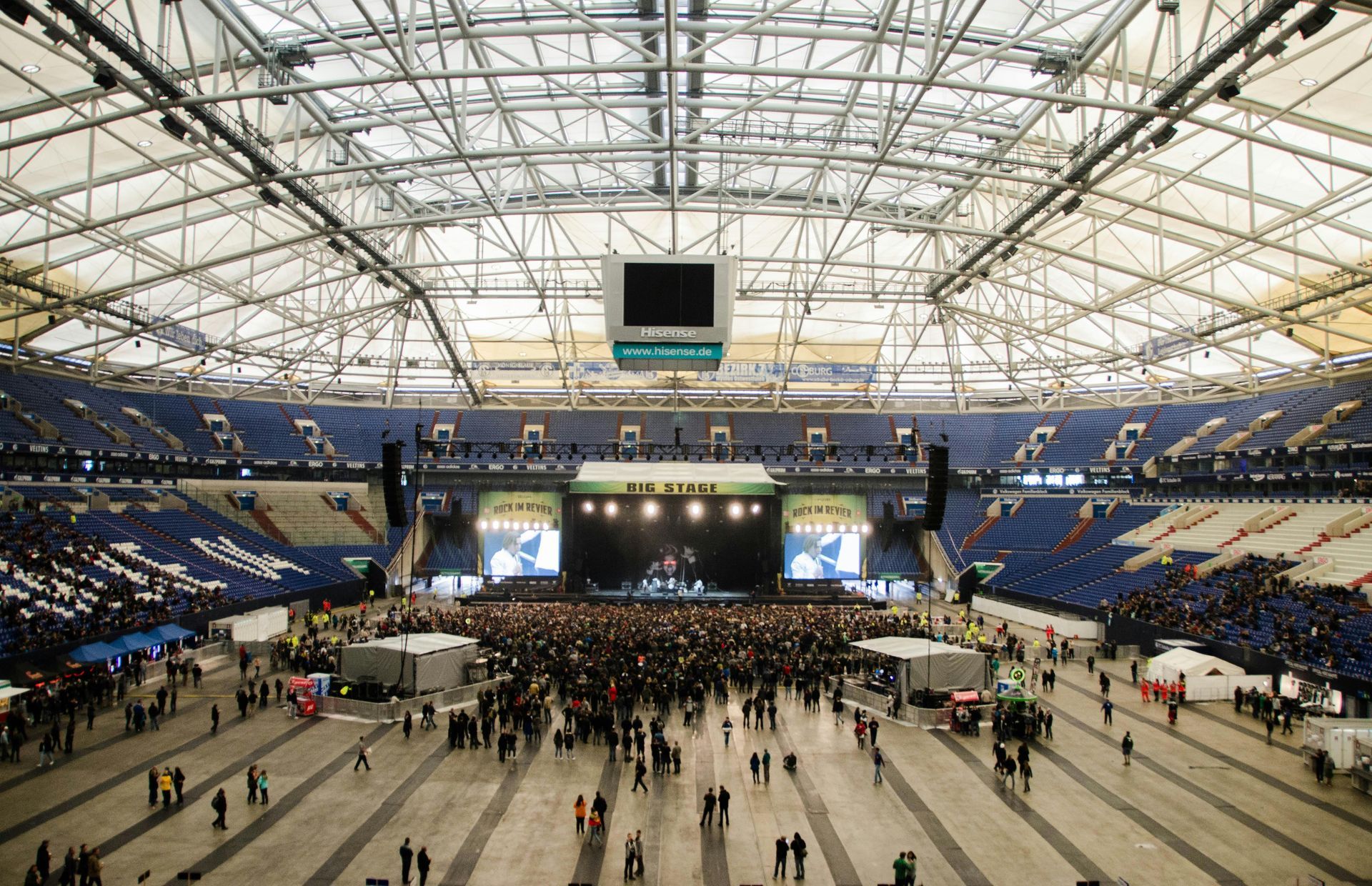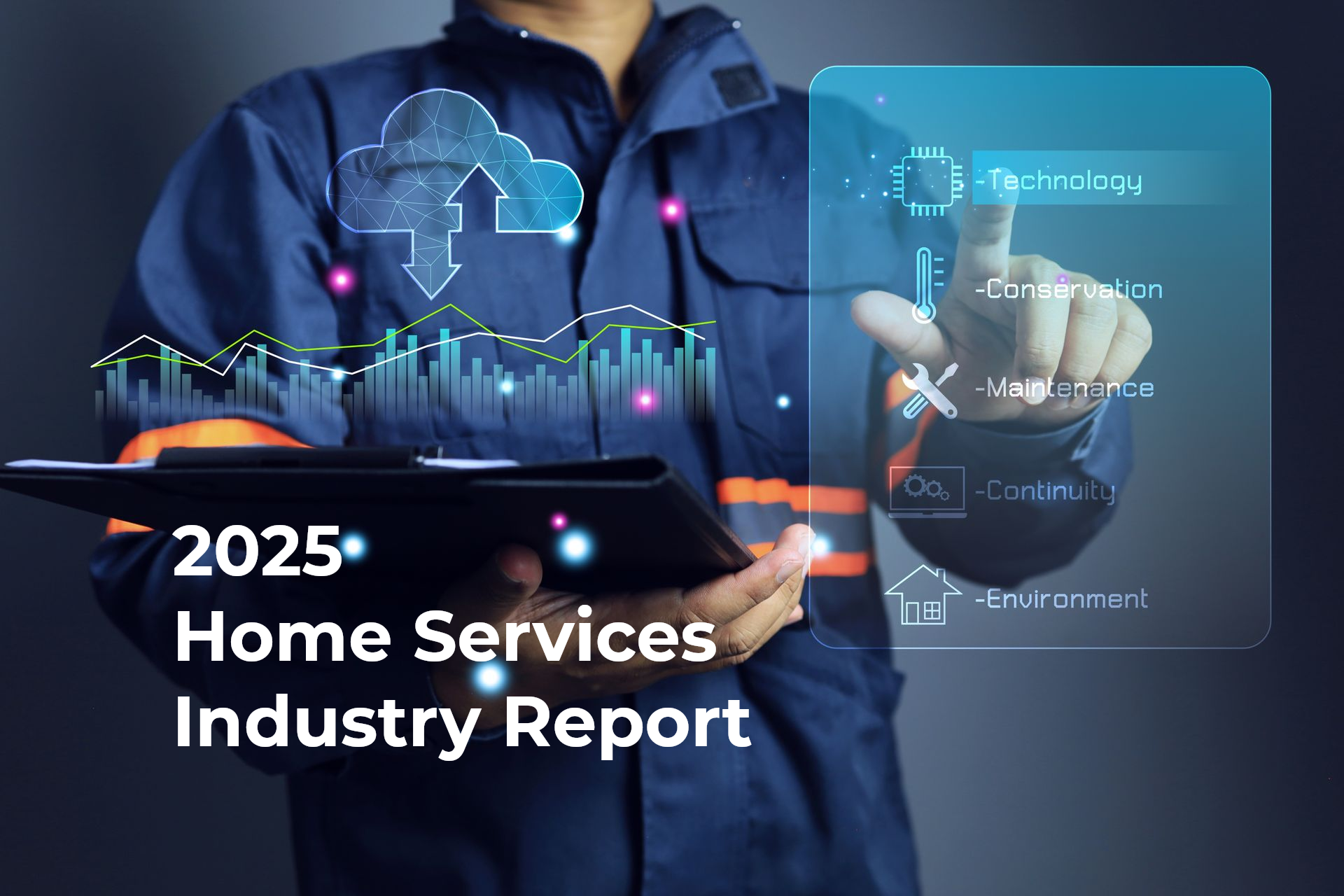The top 50 US cities with the most rainfall per year
The top rainfall cities and how to prepare for them
Will Schmidt - April 30, 2024
Homeowners and contractors often underestimate how much rainfall can shape a city’s landscape, building practices and business opportunities. Cities along the Gulf Coast and in the Pacific Northwest routinely receive over 60 inches of precipitation a year, while others see far less. High rainfall influences everything from roof design and drainage to which service industries thrive or struggle. This report draws on verified statistics from climate researchers and government data to identify the 50 U.S. cities that record the highest average annual precipitation. It then examines the five rainiest locations in detail and provides guidance for residents, visitors and entrepreneurs.
Sections and Topics
- Which U.S. Cities Receive the Most Rainfall?
- Understanding where the clouds burst
- Top 50 rainiest U.S. cities
- Spotlight on the top 5 rainiest cities
- Heavy-rainfall checklists
- Best home-service businesses for wet climates
- Industries that struggle in rainy climates
Top 5 rainiest U.S. Cities
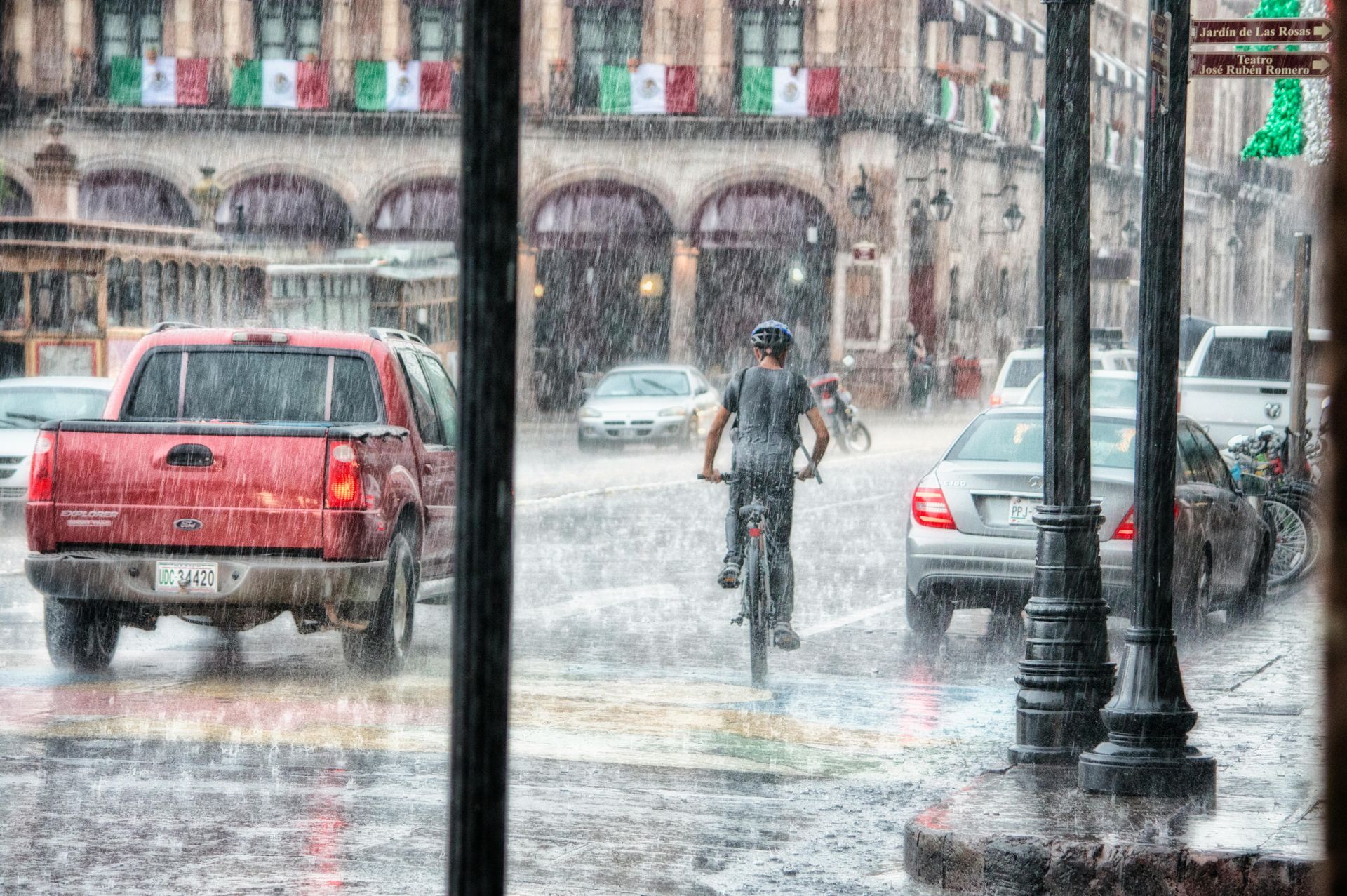
The table below ranks
50 U.S. cities by average annual precipitation. Data were assembled from
CurrentResults’ climate summaries,
InfoPlease’s climate tables and other reputable sources[1]. Values show typical yearly precipitation in inches. Because precipitation figures are rounded, totals may differ slightly between sources, but the ranking reflects overall rainfall patterns.
| Rank | City | State | Average annual precipitation (inches) |
|---|---|---|---|
| 1 | Mount Washington | NH | 101.91 |
| 2 | West Palm Beach | FL | 76.43 |
| 3 | Niceville | FL | 73.4 |
| 4 | Hialeah | FL | 72.9 |
| 5 | Fort Lauderdale | FL | 68.8 |
| 6 | Pensacola | FL | 68.3 |
| 7 | Miami | FL | 67.4 |
| 8 | Mobile | AL | 66.29 |
| 9 | Palm Beach Gardens | FL | 66.0 |
| 10 | Hollywood | FL | 65.0 |
| 11 | DeFuniak Springs | FL | 64.6 |
| 12 | New Orleans | LA | 64.16 |
| 13 | Port Arthur | TX | 61.9 |
| 14 | Lake Charles | LA | 58.51 |
| 15 | Juneau | AK | 58.33 |
| 16 | Birmingham | AL | 56.6 |
| 17 | Jackson | MS | 55.95 |
| 18 | Houston | TX | 55.6 |
| 19 | Destin | FL | 55.4 |
| 20 | Montgomery | AL | 54.77 |
| 21 | Tallahassee | FL | 54.75 |
| 22 | Lake City | FL | 54.0 |
| 23 | Baton Rouge | LA | 53.99 |
| 24 | Lafayette | LA | 53.93 |
| 25 | Orlando | FL | 53.2 |
| 26 | Port St. Lucie | FL | 53.2 |
| 27 | Little Rock | AR | 50.93 |
| 28 | Atlanta | GA | 50.4 |
| 29 | New York | NY | 50.1 |
| 30 | Savannah | GA | 49.93 |
| 31 | Charleston | SC | 49.75 |
| 32 | Jacksonville | FL | 47.6 |
| 33 | Nashville | TN | 47.25 |
| 34 | Providence | RI | 46.45 |
| 35 | Tampa | FL | 46.0 |
| 36 | Norfolk | VA | 45.23 |
| 37 | Charlotte | NC | 43.6 |
| 38 | Boston | MA | 43.0 |
| 39 | Cincinnati | OH | 42.39 |
| 40 | Erie | PA | 42.16 |
| 41 | Philadelphia | PA | 41.5 |
| 42 | Buffalo | NY | 40.48 |
| 43 | Akron | OH | 39.62 |
| 44 | Grand Rapids | MI | 39.4 |
| 45 | Cleveland | OH | 39.14 |
| 46 | Kansas City | MO | 39.1 |
| 47 | Syracuse | NY | 38.47 |
| 48 | Pittsburgh | PA | 38.19 |
| 49 | Chicago | IL | 38.0 |
| 50 | Seattle | WA | 37.72 |
Spotlighting the top 5 rainiest cities
The five rainiest cities in this list highlight the diversity of high‑precipitation climates in the U.S. From Mount Washington’s windswept summit to subtropical South Florida, each place faces unique challenges and opportunities. The following subsections outline their climate characteristics, hazards and demographic trends.
#1 Wettest City - Mount Washington, New Hampshire
Mount Washington in New Hampshire receives over 101 inches of precipitation annually[1], making it the wettest location on our list. Its elevation (6,288 ft) and exposure to Atlantic storms mean precipitation falls as rain, sleet or snow year‑round. The wettest months are typically June through August, when warm, moist air collides with cooler mountain air, producing frequent thunderstorms and dense fog. Even summer days can feel like winter on the summit. Because conditions shift rapidly, hikers and contractors working on the mountain must plan for wind, cold and heavy precipitation.
Mount Washington’s extreme weather produces hazards such as hypothermia, ice accumulation and erosion. Structures require robust waterproofing, snow‑shedding roofs and constant maintenance. Despite the harsh climate, the surrounding White Mountains area remains sparsely populated; tourism and scientific research drive the local economy. Population trends are stable because development on the summit is limited to observatory staff and visitor facilities.
Rainiest months of the Year
June–August: Frequent thunderstorms and dense fog dominate the summer, making June, July and August the peak precipitation months. Wind gusts can exceed 100 mph, and temperatures stay cool even in mid‑summer.
October–April: Winter brings heavy snow and freezing rain. Ice storms are common, and snowpack persists into late spring.
Things to consider when visiting
Weather variability: Conditions can change in minutes; visitors need layered clothing, waterproof gear and emergency supplies.
Wind and icing: Strong winds and icing stress building materials. Engineers use rime‑ice–resistant structures and anchor systems.
Limited services: The summit has minimal services; contractors should plan logistics carefully to avoid delays.
Growing or declining population?
Mount Washington itself has no permanent residents; the nearest towns in Coös County have declining or stable populations. Tourism in the White Mountains supports seasonal jobs, but year‑round living is limited due to the harsh climate.
#2 Wettest City - West Palm Beach, Florida
Located on Florida’s southeast coast, West Palm Beach receives about 76 inches of precipitation annually. The city sits in a humid subtropical zone where convective thunderstorms occur nearly every afternoon during the wet season. According to Florida climate data, coastal communities like West Palm Beach and neighboring Palm Beach Gardens receive more than 65–76 inches of rain a year[2]. Rainfall peaks from May through October, when warm Atlantic waters fuel daily downpours and occasional tropical storms.
Rain hazards in West Palm Beach include flash flooding, lightning and hurricanes. Homeowners must maintain proper drainage, gutters and hurricane‑rated roofing. Contractors often recommend metal or tile roofs and elevated foundations to withstand heavy rain and wind. Because the region is popular with retirees and remote workers, population continues to grow, driving demand for housing and home services. Recent census estimates show steady migration into Palm Beach County
Rainiest months of the Year
May–October: South Florida’s wet season spans roughly six months and accounts for 60–70 % of the region’s rainfall; thunderstorms and tropical disturbances are common.
September: Peak of hurricane season; storms can drop double‑digit inches of rain in a single event.
Things to consider when visiting
Flash flooding: Check flood‑zone maps and install sump pumps; clear yard drains before storms.
Hurricane readiness: Secure roofs, windows and outdoor equipment; maintain backup power and emergency kits.
Mold and moisture: High humidity fosters mold growth; dehumidifiers and proper ventilation are vital.
Growing or declining population?
West Palm Beach and surrounding cities have experienced steady population growth, driven by retirees and workers relocating from northern states. Housing demand remains strong despite occasional hurricane disruptions.
#3 Wettest City - Niceville, Florida
On Florida’s Emerald Coast, Niceville averages around 73 inches of rainfall each year[3]. Proximity to the Gulf of Mexico means the city receives abundant rain during late spring and summer. Afternoon thunderstorms are frequent from June through September, with tropical systems adding to the totals. Winters are comparatively dry but still see occasional downpours.
Heavy rainfall and high water tables mean homeowners often invest in French drains, rain gardens and elevated foundations. Contractors must account for wind‑driven rain and high humidity when designing structures. Niceville is part of the growing Pensacola–Destin metropolitan area; the population has increased steadily as retirees and military families seek coastal living, though growth remains moderate compared to South Florida.
Rainiest months of the Year
June–September: Convection and tropical moisture bring daily showers and thunderstorms, with July and August often the wettest.
Late August–October: Tropical storms or hurricanes can produce extreme rainfall, sometimes exceeding 10 inches in a day.
Things to consider when visiting
Storm surge and flooding: Low‑lying neighborhoods may flood during hurricanes; elevate homes and landscape to manage runoff.
Wind resistance: Install hurricane straps and impact‑rated windows to cope with high winds.
Heat and humidity: Ensure proper ventilation and mold control.
Growing or declining population?
Niceville’s population has grown moderately thanks to nearby Eglin Air Force Base and tourism. The area appeals to families seeking a small‑town atmosphere with coastal amenities.
#4 - Hialeah, Florida
Hialeah, part of the Miami metropolitan area, records about 72.9 inches of rainfall per year[2]. The city sits inland from Biscayne Bay but still experiences South Florida’s long wet season. Rain is heaviest from May through October, with June and September particularly wet due to afternoon thunderstorms and tropical systems. Rainfall diminishes in winter but remains moderate compared with most U.S. cities.
Hialeah’s infrastructure must handle frequent downpours; stormwater drains and canals are critical. Contractors often recommend tile roofs, water‑resistant stucco walls and elevation to protect against flooding. Hialeah has a dense population and serves as a working‑class hub; growth has been steady as part of the larger Miami‑Dade urban area.
Rainiest months of the Year
June–September: Peak rainfall as thunderstorms develop almost daily; these months often see the highest monthly totals.
October: Rain decreases but occasional tropical systems still threaten.
Things to consider when visiting
Urban flooding: Maintain clean drains and canals; avoid building in low‑lying zones.
Heat and humidity: Use moisture‑resistant materials and design for airflow.
Hurricane exposure: Strengthen roofs and windows; create evacuation plans.
Growing or declining population?
Hialeah’s population remains relatively stable, with slight growth driven by immigration. High housing demand and limited land keep density high, making infrastructure resilience crucial.
#5 Wettest City - Fort Lauderdale, FL
Fort Lauderdale sits between the Atlantic Ocean and a network of inland canals, averaging about 68.8 inches of precipitation annually[2]. Like other South Florida cities, it experiences a wet season from May through October, with June and September usually delivering the greatest rainfall. Tropical storms and hurricanes can dump huge amounts of water in short periods, testing drainage and flood‑control systems. Dry season runs from November through April but still includes occasional showers.
With waterways crisscrossing the city, flood risk is a constant challenge. Homeowners must invest in seawalls, flood insurance and backflow preventers. Contractors design homes with raised foundations, durable exteriors and proper water‑proofing. Fort Lauderdale’s population has steadily grown due to tourism, boating industries and its status as a cruise‑ship hub. New development continues along the beachfront and downtown.
Rainiest months of the Year
May–October: Afternoon thunderstorms and tropical systems cause weekly rain events, with June and September typically the wettest months.
August–October: Heightened hurricane activity can bring sustained rainfall and storm surges.
Things to consider when visiting
Floodplains and canals: Understand flood‑zone maps before building; maintain seawalls and pumps.
Saltwater intrusion: Coastal groundwater can be brackish; manage landscaping and irrigation accordingly.
Storm preparedness: Stock up on supplies and know evacuation routes during hurricane season.
Growing or declining population?
The greater Fort Lauderdale area has grown steadily as part of the South Florida megaplex. New high‑rise housing and redeveloped neighborhoods reflect ongoing investment.
Gutter Marketing - How to Get More Gutter Leads
The Heavy Rainfall checklists for Homeowners and Tourists

Heavy-Rainfall Checklist for Homeowners
- Review flood‑zone maps and insurance: Homeowners should verify whether their property lies in a designated floodplain. Flood insurance is often separate from standard homeowners’ policies.
- Inspect roofs and gutters: Clean gutters, downspouts and drains before the wet season. Replace damaged shingles and ensure flashing is secure. Well‑maintained roofs prevent leaks and interior water damage.
- Install proper drainage: French drains, sump pumps and grading away from the foundation help keep basements and crawl spaces dry. Ensure downspouts direct water at least six feet away from the house.
- Seal and waterproof: Caulk windows and doors, apply waterproof coatings to exterior walls and consider foundation sealants. In high‑rainfall regions, moisture barriers reduce the risk of mold and rot.
- Prepare for power outages: High winds and lightning can disrupt power. Keep flashlights, batteries and a generator on hand. Surge protectors protect appliances from electrical spikes.
Heavy-Rainfall Checklist for Tourists
- Pack waterproof gear: Bring rain jackets, waterproof shoes and quick‑dry clothing. A compact umbrella and poncho can make outdoor activities more comfortable.
- Plan indoor alternatives: Heavy rain may cancel boat tours or outdoor excursions. Research museums, aquariums and indoor attractions as backups.
- Monitor local weather alerts: Use trusted weather apps or NOAA radio for updates on storms, flash‑flood warnings or hurricane watches. Avoid driving through flooded streets.
- Stay hydrated and safe: High humidity can cause dehydration even when it’s raining. Carry water and electrolytes, and protect yourself from mosquitoes.
- Respect closed areas: Parks and trails may close due to flooding or landslides. Obey signs and local authorities to avoid hazards.
Best Home Services businesses for the wettest cities
How You Actually Do SCO
Heavy‑rainfall cities create unique opportunities for entrepreneurs who solve rain‑related problems. The following home‑service sectors thrive in wet climates because demand spikes when precipitation is high:
- Roofing and gutter installation: Constant rain wears down roofs and gutters. Contractors who specialize in durable roofing materials, gutter guards and waterproof membranes stay busy year‑round.
- Waterproofing and foundation repair: High water tables and flooding drive demand for basement sealing, sump‑pump installation and moisture‑barrier services.
- Landscape drainage and rain‑garden design: Landscapers who design swales, French drains and rain gardens help homeowners manage runoff and prevent erosion.
- Storm‑preparedness consultants: These professionals assess homes for hurricane or flood risk and recommend upgrades like impact windows and storm shutters.
- HVAC and dehumidification services: In humid climates, mold and mildew control is crucial. Contractors who install dehumidifiers, maintain HVAC systems and provide duct cleaning are in high demand.
- Tree care and removal: Heavy rain saturates soil, making trees more likely to topple. Arborists prune, brace and remove hazardous trees.
- Cleaning and restoration: Flooding can lead to water damage. Companies specializing in water extraction, mold remediation and restoration are essential after storms.
- Boat and marine services: In coastal rain‑heavy cities, boating industries flourish. Marina services, boat repair and equipment sales benefit from year‑round water access.
- Pest‑control services: Mosquitoes and termites thrive in damp environments. Pest‑control businesses offer prevention and treatment programs.
- Outdoor gear sales and rentals: Retailers who sell rainwear, waterproof boots and camping equipment cater to residents and tourists navigating wet conditions.
These industries experience peak demand during the rainy season (often late spring through early fall) and slow somewhat during drier months. Entrepreneurs in these sectors should plan for seasonal fluctuations and invest in marketing strategies that emphasize preparedness and prevention.
Businesses that struggle in the wettest cities in America
Key Metrics to Track
Not every business benefits from persistent downpours. Industries that depend on dry conditions or predictable outdoor activities may find high‑rainfall cities challenging. Outdoor event planning, for example, becomes a risky venture when frequent rain showers can wash out weddings, festivals or sports tournaments. Similarly, construction firms face delays and higher costs as rain interrupts work schedules and increases erosion or water damage risk.
Agriculture in low‑lying areas can suffer when excessive rain leads to root rot or delays planting and harvest. Even
solar‑energy companies may see reduced generation in overcast climates, although storage and microgrid technologies mitigate this challenge. Businesses that rely on foot traffic, such as open‑air markets or outdoor eateries, must adapt with covered spaces and flexible operations. While high‑rainfall cities offer abundant opportunities, entrepreneurs should carefully assess how precipitation influences their sector before investing.
Thank you for reading!
If you have any questions about the wettest cities, want to add something to this article, or you are a home services professional needing help with business development please contact us here:
Article Sources:
Sources: Precipitation statistics were drawn from publicly available climate tables and high‑quality references. CurrentResults provides annual rainfall totals for major U.S. cities[1], and InfoPlease’s climate tables list average precipitation for dozens of locations. Additional rainfall data for Florida cities come from CurrentResults’ “Average Yearly Rainfall in Florida” tables[2][3], and TripSavvy’s list of wettest U.S. cities notes precipitation for places like New Orleans and Miami[4]. Population trends and general climate patterns reflect U.S. census estimates and National Weather Service seasonal descriptions. These sources ensure that homeowners and contractors receive accurate, actionable information about America’s rainiest cities.
[1] United States' Rainiest Cities - Current Results
https://www.currentresults.com/Weather-Extremes/US/wettest-cities.php
[2] [3] Yearly Average Rainfall in Florida - Current Results
https://www.currentresults.com/Weather/Florida/yearly-florida-rainfall.php
[4] Map of the Rainiest Places in the U.S.
https://www.tripsavvy.com/wettest-places-in-the-usa-4135027
About the author
Will Schmidt
Will Schmidt, Founder and Owner of Talents Into Profits (TIP), has helped over 150 businesses across 17 different industries, including home services, healthcare, and SaaS, generating more than $11 billion in lifetime sales. His experience in providing branding, marketing, websites, and lead generation based on operational capacities has enabled his clients to continually see 20-50x monthly ROI for services rendered.
Subscribe to Blog
Sign up to get industry insights, trends, and more in your inbox.
Contact Us
We will get back to you as soon as possible.
Please try again later.
Book Free Consult
Join me for a 30-45 minute call to review how to grow your contractor business faster, more affordably, and easier.
SHARE THIS


